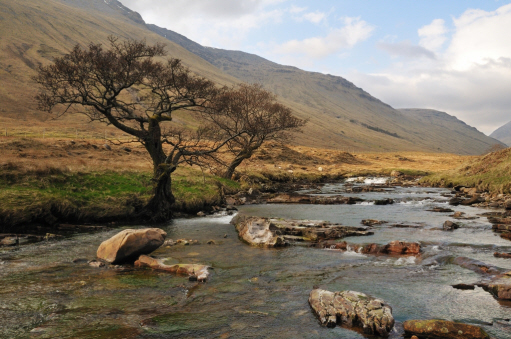The most widely used definition of an ecosystem is that adopted by the Convention on Biological Diversity (CBD) and the Millennium Ecosystem Assessment (MA):
“A dynamic complex of plant, animal and micro-organism communities and their non-living environment interacting as a functional unit”.
The main identifying feature of an ecosystem is that it is indeed a system, with interactions between its living elements and their environment. The location or size of an ecosystem is important, but these are secondary to its properties as a system. Ecosystems are often defined in terms of their dominant vegetation or environmental features, for example, an oak forest, grassland, lake, rock pool, or mountain ecosystem. In reality, the concept of an ecosystem is a human construct to describe the natural world and we define ecosystems according to the scale of our interests and decision-making powers.
For analysis and assessment purposes it is necessary to adopt a pragmatic view of the definition of an ecosystem and its boundaries, depending on the questions being asked. In one sense, the entire biosphere of planet Earth is an ecosystem since all its elements interact. At a smaller scale the guiding principle is that an ecosystem has strong interactions amongst its components and weak interactions across its boundaries. For example, consider the interactions between the organisms in a lake compared to their interaction with the surrounding land. However, many species move between water and land in their life cycle, as well as the flows of water and minerals between land and water. The CBD definition of an ecosystem as a functional unit may be a reflection more of human scale of interest, rather than definition of a distinct entity such as an individual animal.
There is not a universal categorisation of ecosystems, but they can be defined as areas which share similar features amongst the factors of:
- climatic conditions;
- geophysical conditions;
- dominant use by humans;
- surface cover (based on type of vegetative cover in terrestrial ecosystems or on fresh water, brackish water, or salt water in aquatic ecosystems);
- species composition;
- resource management systems and institutions.
